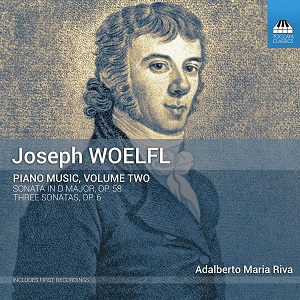 In this release, the Capriccio Baroke Orchestra combines two different, yet complementary composers. Giovanni Lorenzo Gregori is credited as the first to use the term "concerto grosso." It appeared as the title to his opus 2, recorded here.
In this release, the Capriccio Baroke Orchestra combines two different, yet complementary composers. Giovanni Lorenzo Gregori is credited as the first to use the term "concerto grosso." It appeared as the title to his opus 2, recorded here.
His contemporary, Alessandro Stradella, was no less innovative. Stradella's compositions were major influences in the Italian Baroque.
The bulk of the release is Gergori's ten concerto grossi. The sound is quite varied. Gregori, in anticipation of the Mannheim School, seemed to take orchestration seriously.
He uses unusual instrumental combinations to great effect. There are even passages, with strings piling on strings, that presage the Mannheim Rocket.
Stradella's works seem to focus more on melody. He was best known as an opera and choral composer. I often caught myself humming along with Stradella's engaging tunes.
The Capriccio Barok Orchester led by Dominik Kiefer does these works justice. As recorded, the ensemble has a full yet clear sound. The dynamic contrasts in Gergori's music are especially well-handled. My only complaint is that the recording makes the orchestra sound a little distant. But that's a minor quibble.
Their performances of Gregori's music were both exciting and entertaining. As much, I like to think, as it must have been for the audiences in Lucca, 1698.
Giovanni Lorenzo Gregori: 10 Concerti grossi, Op. 2
Alessandro Stradella: Sonate, Sinfonie
Capriccio Barok Orchester; Dominik Kiefer, leader
Tudor 7171










